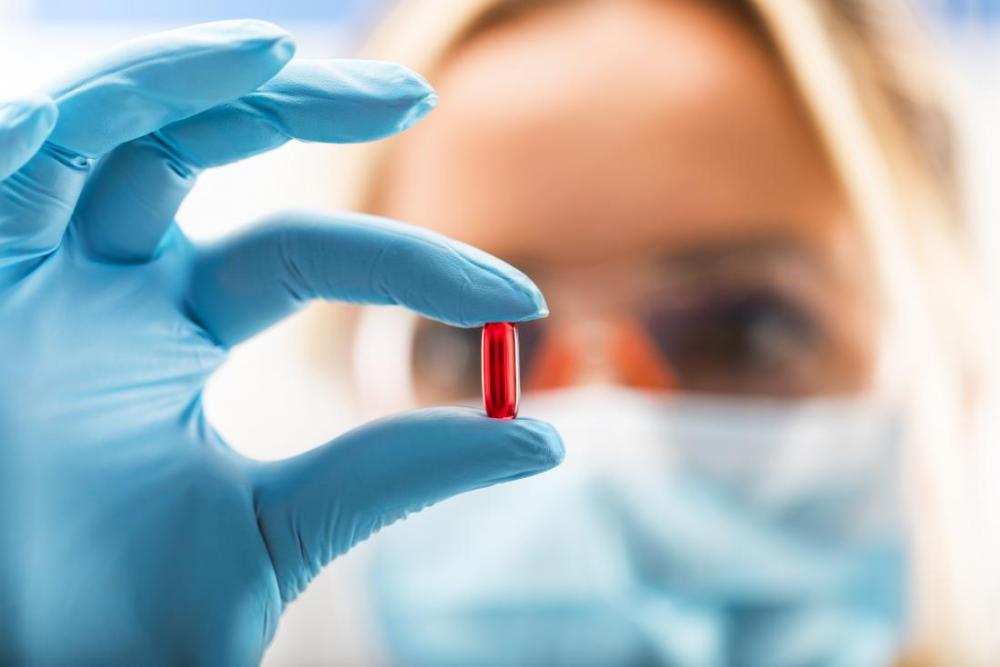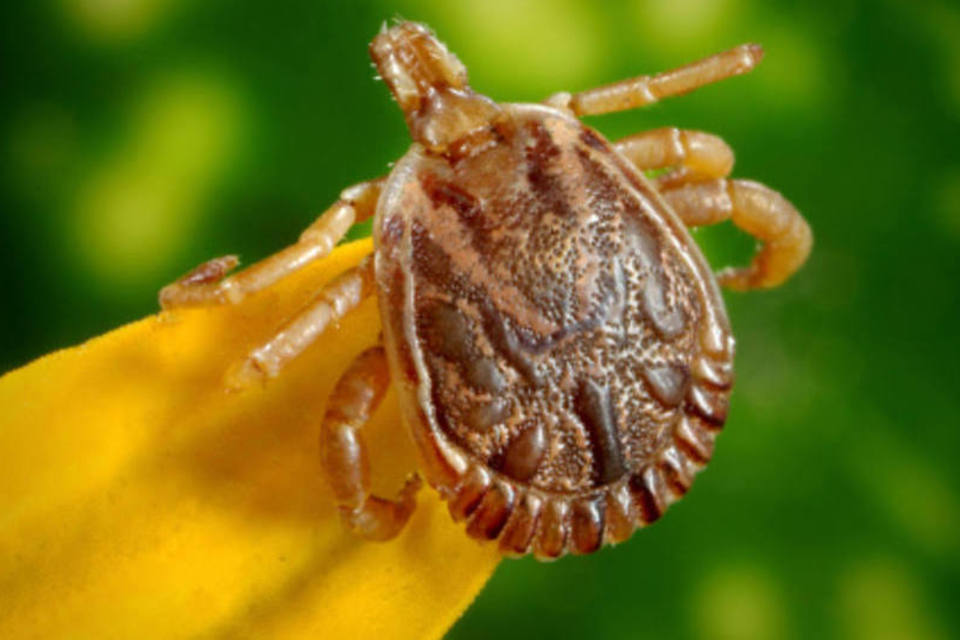RIO DE JANEIRO, BRAZIL – Scientists in São Paulo have proven the efficacy of a new substance to treat ependymoma, one of the most severe types of cancer in children.

In-vitro and lab mice experiments have shown that an anticancer protein produced from the salivary glands of the star tick is effective in the treatment of ependymoma, a type of infant brain cancer that arises from the ependyma and afflicts central nervous system tissue.
Researchers at the Federal University of São Paulo (UNIFESP) and the Butantan Institute are seeking investments to provide the necessary infrastructure for the production of the drug that can be used in clinical trials with humans.
The anticancer properties of the gene-coded protein of the Amblyomma sculptum tick, the scientific name of the star-tick, were discovered in the 2000s and had been evidenced in aggressive tumors, such as pancreatic cancer and melanoma. “When we discovered this drug’s potential, we decided to investigate its actions against ependymoma,” said neurosurgeon Sérgio Cavalheiro, of Unifesp’s Paulista School of Medicine.
According to the doctor, ependymoma represents about ten percent of infant tumors of the central nervous system — and up to thirty percent of brain tumors in children up to the age of three. When this cancer affects the brain or cerebellum and the brainstem, “the situation is catastrophic,” said Cavalheiro.

The neurosurgeon emphasizes that the alternative is surgical, combined with radiotherapy and chemotherapy. Even so, the operation may leave neurological sequelae and will not save the patient. “We are always on the lookout for a drug to prevent recurrences,” he explains.
Experiments with mice showed that the treatment was much more effective than any other drug currently used against ependymoma. With the existing drugs, it is possible to inhibit the viability of tumor cells by approximately thirty percent. The new substance, named Amblyomin-X, in turn, achieved seventy percent.
Researchers have developed a protocol that guarantees production in scale sufficient to make the substance available for clinical trials. Submitting a report to the National Health Surveillance Agency (ANVISA) requesting analysis of the results obtained so far, requires proof of production of the Amblyomin-X molecule under good manufacturing practice conditions, ensuring industrial scale, maintenance conditions, and formula stability.
“It hasn’t been done until today because we still have no infrastructure to produce the recombinant protein (…). This infrastructure is not even available at the company we are partnering with”, explained Ana Marisa Chudzinski-Tavassi, coordinator of the Center of Excellence for the Discovery of Molecular Targets, at the Butantan Institute.

